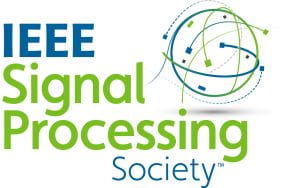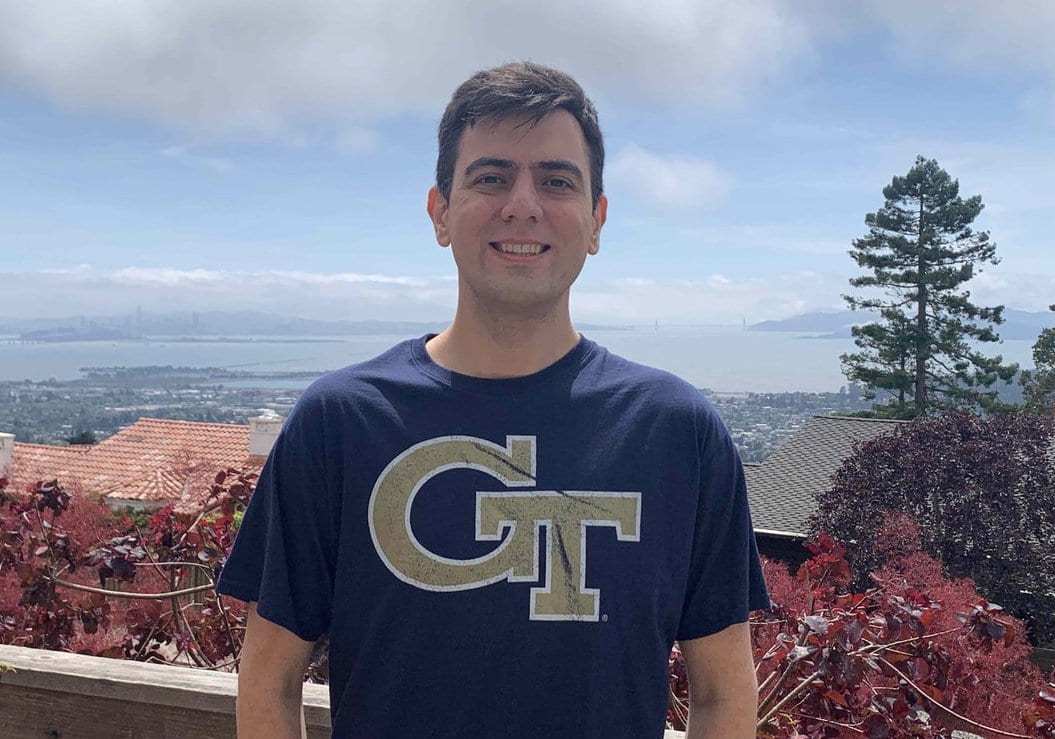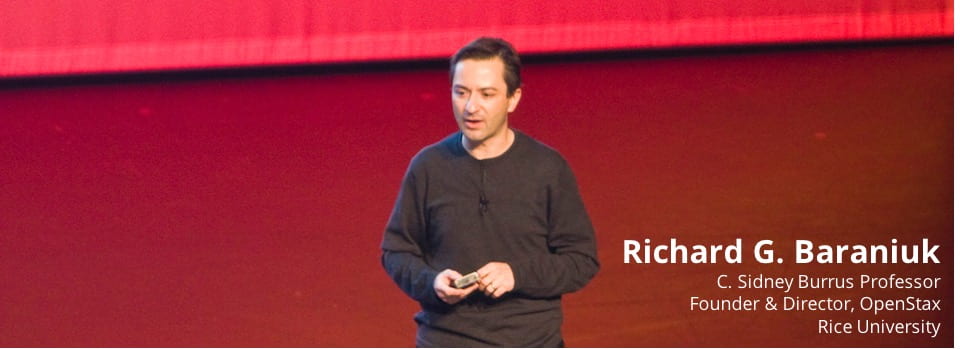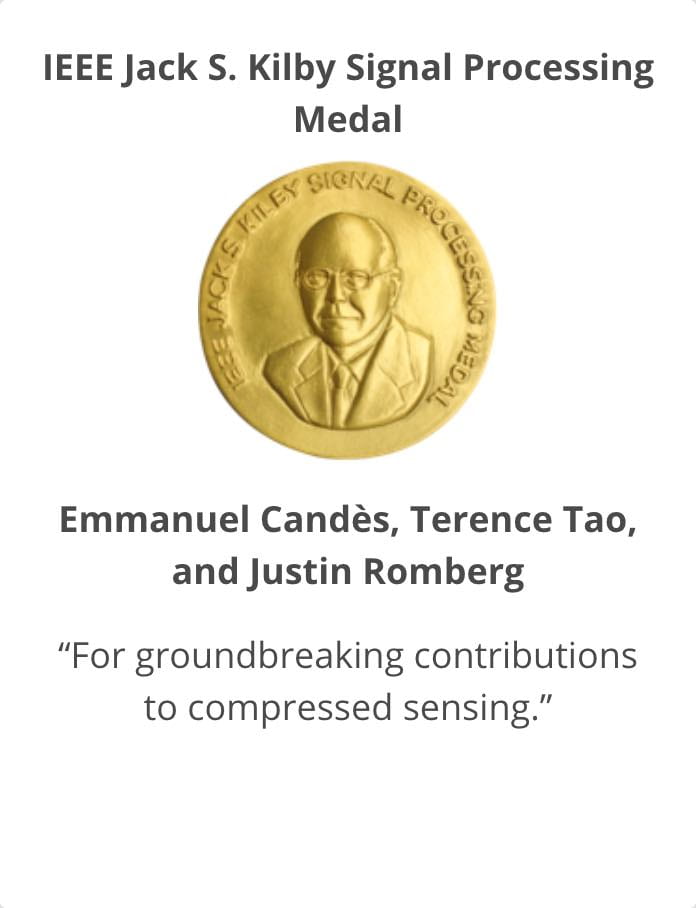 "A Blessing of Dimensionality in Membership Inference through Regularization" by DSP group members Jasper Tan, Daniel LeJeune, Blake Mason, Hamid Javadi, and Richard Baraniuk has been accepted for the International Conference on Artificial Intelligence and Statistics (AISTATS) in Valencia, Spain, April 2023.
"A Blessing of Dimensionality in Membership Inference through Regularization" by DSP group members Jasper Tan, Daniel LeJeune, Blake Mason, Hamid Javadi, and Richard Baraniuk has been accepted for the International Conference on Artificial Intelligence and Statistics (AISTATS) in Valencia, Spain, April 2023.
Uncategorized
IEEE SPS Norbert Wiener Society Award
 Richard Baraniuk has been selected for the 2022 IEEE SPS Norbert Wiener Society Award "for fundamental contributions to sparsity-based signal processing and pioneering broad dissemination of open educational resources". The Society Award honors outstanding technical contributions in a field within the scope of the IEEE Signal Processing Society and outstanding leadership in that field (list of previous recipients).
Richard Baraniuk has been selected for the 2022 IEEE SPS Norbert Wiener Society Award "for fundamental contributions to sparsity-based signal processing and pioneering broad dissemination of open educational resources". The Society Award honors outstanding technical contributions in a field within the scope of the IEEE Signal Processing Society and outstanding leadership in that field (list of previous recipients).
Why Some Deep Networks are Easier to Optimize Than Others
"Singular Value Perturbation and Deep Network Optimization", Rudolf H. Riedi, Randall Balestriero, and Richard G. Baraniuk, Constructive Approximation, 27 November 2022 (also arXiv preprint 2203.03099, 7 March 2022)
Deep learning practitioners know that ResNets and DenseNets are much preferred over ConvNets, because empirically their gradient descent learning converges faster and more stably to a better solution. In other words, it is not what a deep network can approximate that matters, but rather how it learns to approximate. Empirical studies have indicated that this is because the so-called loss landscape of the objective function navigated by gradient descent as it optimizes the deep network parameters is much smoother for ResNets and DenseNets as compared to ConvNets (see Figure 1 from Tom Goldstein's group below). However, to date there has been no analytical work in this direction.

Building on our earlier work connecting deep networks with continuous piecewise-affine splines, we develop an exact local linear representation of a deep network layer for a family of modern deep networks that includes ConvNets at one end of a spectrum and networks with skip connections, such as ResNets and DenseNets, at the other. For tasks that optimize the squared-error loss, we prove that the optimization loss surface of a modern deep network is piecewise quadratic in the parameters, with local shape governed by the singular values of a matrix that is a function of the local linear representation. We develop new perturbation results for how the singular values of matrices of this sort behave as we add a fraction of the identity and multiply by certain diagonal matrices. A direct application of our perturbation results explains analytically why a network with skip connections (e.g., ResNet or DenseNet) is easier to optimize than a ConvNet: thanks to its more stable singular values and smaller condition number, the local loss surface of a network with skip connections is less erratic, less eccentric, and features local minima that are more accommodating to gradient-based optimization. Our results also shed new light on the impact of different nonlinear activation functions on a deep network's singular values, regardless of its architecture.
OpenStax to Publish Best Selling Organic Chemistry Textbook

This Textbook Deal Could Change Educational Publishing, Forbes, 11 August 2022
A Best Selling Textbook is Now Free, Inside Higher Ed 11 August 2022
DSP PhD Alum AmirAli Aghazadeh Accepts Faculty Position at Georgia Tech
 Rice DSP PhD AmirAli Aghazadeh (PhD, 2017) has accepted an assistant professor position at Georgia Tech in the Department of Electrical and Computer Engineering. He has spent the past few years as a postdoc at Stanford University and UC-Berkeley. AmirAli joins Rice DSP PhD alums James McClellan, Douglas Williams, Justin Romberg, Christopher Rozell, Mark Davenport, and Eva Dyer and Rice ECE PhD alum Robert Butera.
Rice DSP PhD AmirAli Aghazadeh (PhD, 2017) has accepted an assistant professor position at Georgia Tech in the Department of Electrical and Computer Engineering. He has spent the past few years as a postdoc at Stanford University and UC-Berkeley. AmirAli joins Rice DSP PhD alums James McClellan, Douglas Williams, Justin Romberg, Christopher Rozell, Mark Davenport, and Eva Dyer and Rice ECE PhD alum Robert Butera.
National Academy of Engineering
 Richard Baraniuk has been elected to the National Academy of Engineering in recognition of his contributions to engineering "for the development and broad dissemination of open educational resources and for foundational contributions to compressive sensing." Election to the National Academy of Engineering is among the highest professional distinctions accorded to an engineer. More from Rice News.
Richard Baraniuk has been elected to the National Academy of Engineering in recognition of his contributions to engineering "for the development and broad dissemination of open educational resources and for foundational contributions to compressive sensing." Election to the National Academy of Engineering is among the highest professional distinctions accorded to an engineer. More from Rice News.
Harold W. McGraw, Jr. Prize in Education

Richard G. Baraniuk, the C. Sidney Burrus Professor of Electrical and Computer Engineering (ECE) and founding director of OpenStax, Rice’s educational technology initiative, has received the Harold W. McGraw, Jr. Prize in Education. The award is given annually by the Harold W. McGraw, Jr. Family Foundation and the University of Pennsylvania Graduate School of Education and goes to “outstanding individuals whose accomplishments are making a difference in the lives of students.” Baraniuk is one of the founders of the Open Education movement that promotes the use of free and open-source-licensed Open Educational Resources. He is founder and director of OpenStax (formerly Connexions), a non-profit educational and scholarly publishing project he founded in 1999 to bring textbooks and other learning materials into the digital age.
Red Hat Open Source Stories on OpenStax
DSP Alum Justin Romberg Awarded IEEE Kilby Medal
DSP alum Justin Romberg (PhD, 2003), Schlumberger Professor Electrical and Computer Engineering at Georgia Tech, has been awarded the 2021 IEEE Jack S. Kilby Medal. He and his co-awardees Emmanuel Candes of Stanford University and Terrance Tao of UCLA will receive the highest honor in the field of signal processing for "groundbreaking contributions to compressed sensing."
Justin joins Rice DSP alum Jim McClellan (PhD, 1973), John and Marilu McCarty Chair of Electrical Engineering at Georgia Tech, and Rice DSP emeritus faculty member C. Sidney Burrus as recipients of this honor.
IEEE Signal Processing Magazine Best Paper Award
Rice DSP and ECE alums Marco Duarte, Jason Laska, Mark Davenport, Dharmpal.Takhar, and Ting Sun plus faculty Kevin Kelly and Richard Baraniuk have been awarded the IEEE Signal Processing Magazine Best Paper Award for the paper "Single-Pixel Imaging via Compressive Sampling: Building Simpler, Smaller, and Less-Expensive Digital Cameras", IEEE Signal Processing Magazine, March 2008.



